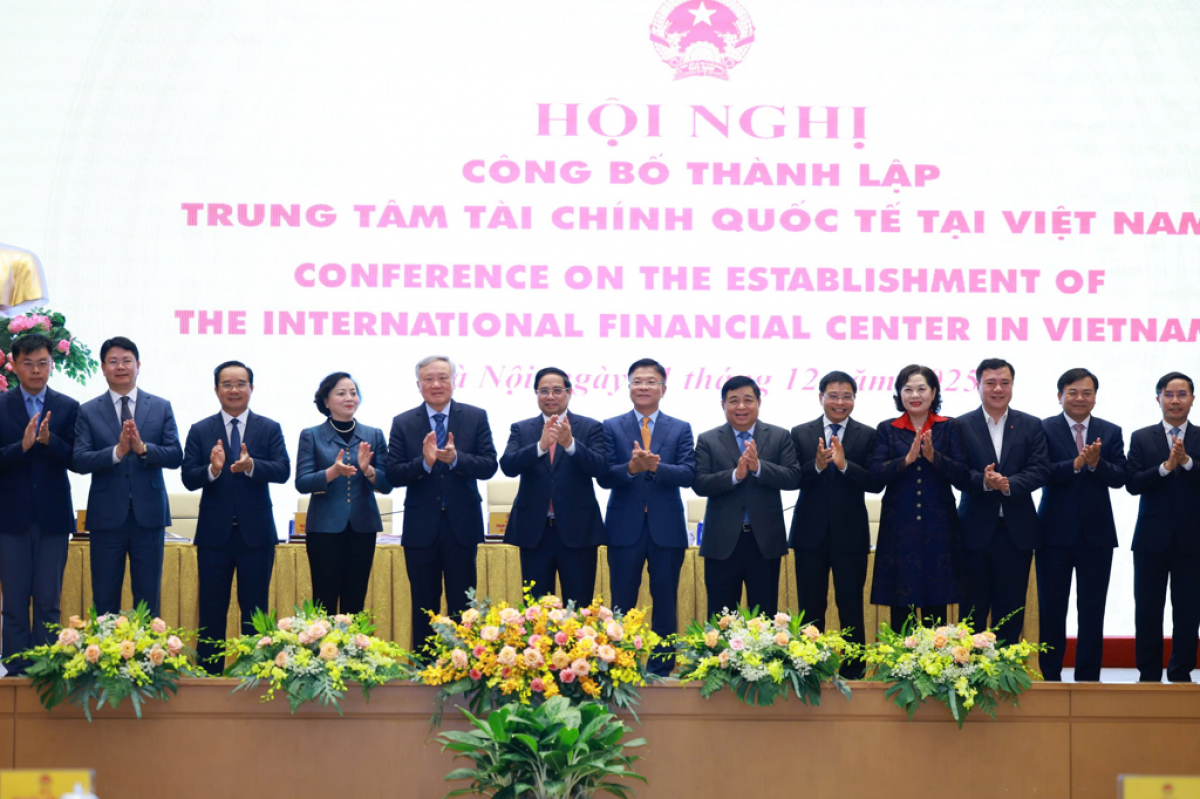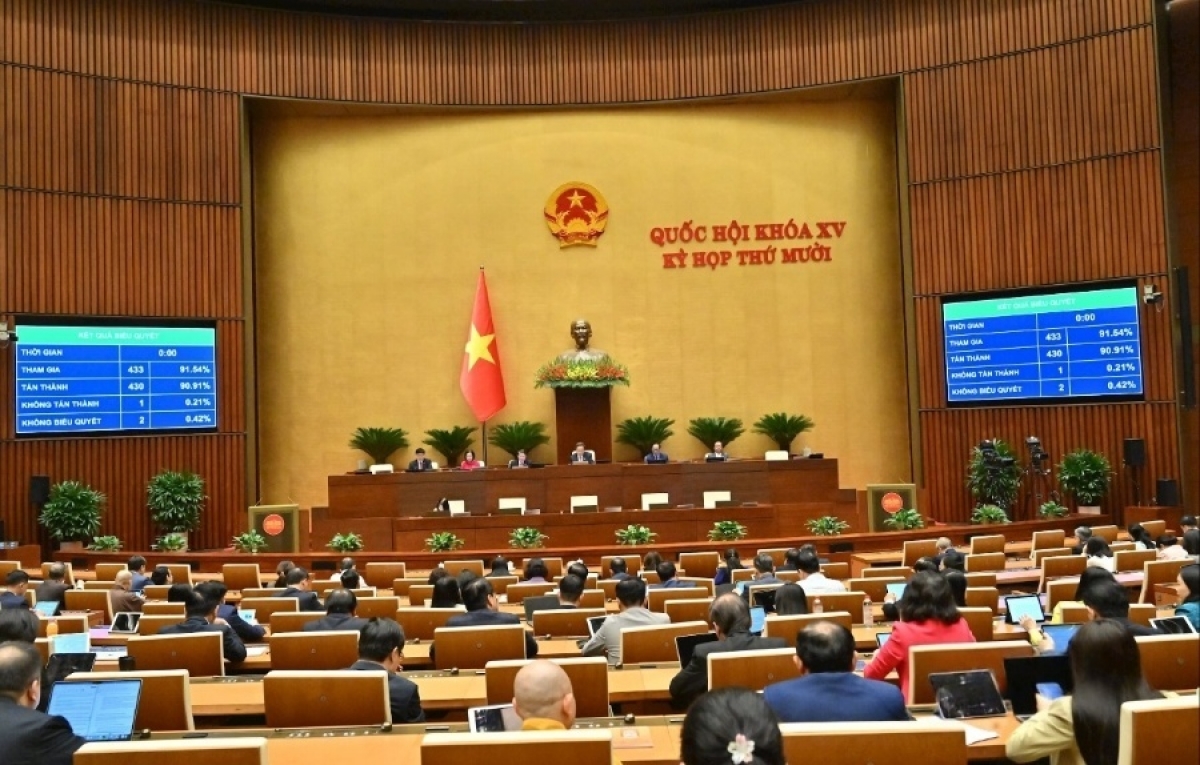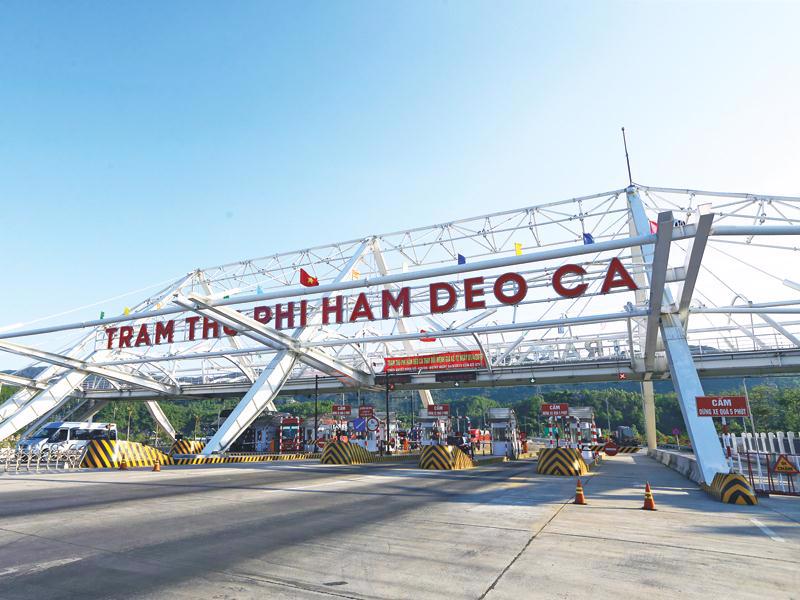INTERNATIONAL INVESTMENT
AND PORTAL
Could you share your perspective on the latest tariff developments?
The Vietnam Timber and Forest Products Association, together with local industry associations and wood exporters, especially those heavily engaged with the US market, has been navigating an extremely turbulent period filled with uncertainty, concern, and pressure. This pressure is not only felt on the Vietnamese side, but also on US importers.
Wood and wooden products are among Vietnam’s top export sectors to the United States. Last year, the export value of Vietnamese wooden products to this market exceeded $9 billion, accounting for 38-40 per cent of the total US import volume for this product group.
The situation shifted rapidly, but the 90-day suspension of reciprocal tariffs for most countries presents a valuable opportunity for both sides to seek a mutually acceptable solution.
 Ngo Sy Hoai, vice chairman and secretary general of the Vietnam Timber and Forest Products Association
Ngo Sy Hoai, vice chairman and secretary general of the Vietnam Timber and Forest Products Association
While there are some positive signals, the challenges remain significant. What should businesses do at this stage?
I’d like to speak about a concern that has attracted considerable public attention – namely, whether Vietnam could be exploited as a transshipment hub to evade tariffs on exports to the US. For the timber industry, this is not a new issue. We’ve long been aware of this risk and have taken it seriously. Over the years, the US has launched three separate investigations into Vietnam’s timber trade.
The first was in 2020, when the US suspected Vietnam of currency manipulation and allowing illegally harvested timber to enter supply chains. After nearly two years of investigation, the two governments signed a technical cooperation agreement to eliminate unverified timber from export channels. This case is often cited as a model of civil and constructive trade dispute resolution, and was praised by international organisations.
Subsequently, the industry faced investigations into anti-circumvention of trade remedies, first involving plywood and then kitchen cabinets and wooden vanities. Despite conducting multiple field inspections at Vietnamese factories, US authorities ultimately concluded that no Vietnamese companies had violated trade rules, and the investigation was dropped by mid-2023. It’s worth noting that exports of kitchen cabinets and vanities alone generate around $2.5 billion annually for Vietnam.
Compliance with the law is vital for business survival, and Vietnam must never become a conduit for trade fraud. From state agencies and industry associations to individual businesses, we must firmly oppose and eliminate any violations.
What recommendations do you have for enterprises and policymakers going forward?
For years, our industry has focused on scale-based growth – increasing export volumes, expanding market share, and generating employment. This model was suitable for a time. However, the evolving challenges of global trade policy demand a fundamental re-evaluation of our approach.
We can no longer depend solely on extensive growth to sustain the industry. This is a pivotal moment to transition towards intensive growth, enhancing value-added through tech investment, digital transformation, original design, and the development of culturally distinctive Vietnamese brands. Crucially, we must move beyond contract manufacturing and reduce our dependence on low-margin original equipment manufacturer production.
At the national level, our economy needs to reassess its development path. I highly appreciate the recent efforts in seeking appropriate solutions. Our association has held numerous working sessions with policymakers to ensure the voice of the business community is heard.
One essential direction now is market diversification, reducing our over-reliance on the US. Promising destinations include the EU, Japan, South Korea, the Middle East, Canada, Australia, and ASEAN. Vietnam’s existing free trade agreements will be key bridges for penetrating and growing in these markets.
For businesses to maintain competitive pricing, even under high tariffs, the key lies in boosting product value. This means not only improving quality but also enhancing design, adding functionality, and creating technologically advanced, innovative offerings. By differentiating their products, businesses can build competitive advantages and appeal to higher-end market segments.
Lastly, the development of sustainable raw material sources, particularly from domestic plantation forests, is a priority. Reducing dependence on imported wood, especially from natural forests, not only helps lower production costs, but also ensures compliance with increasingly stringent environmental standards in global markets.



















